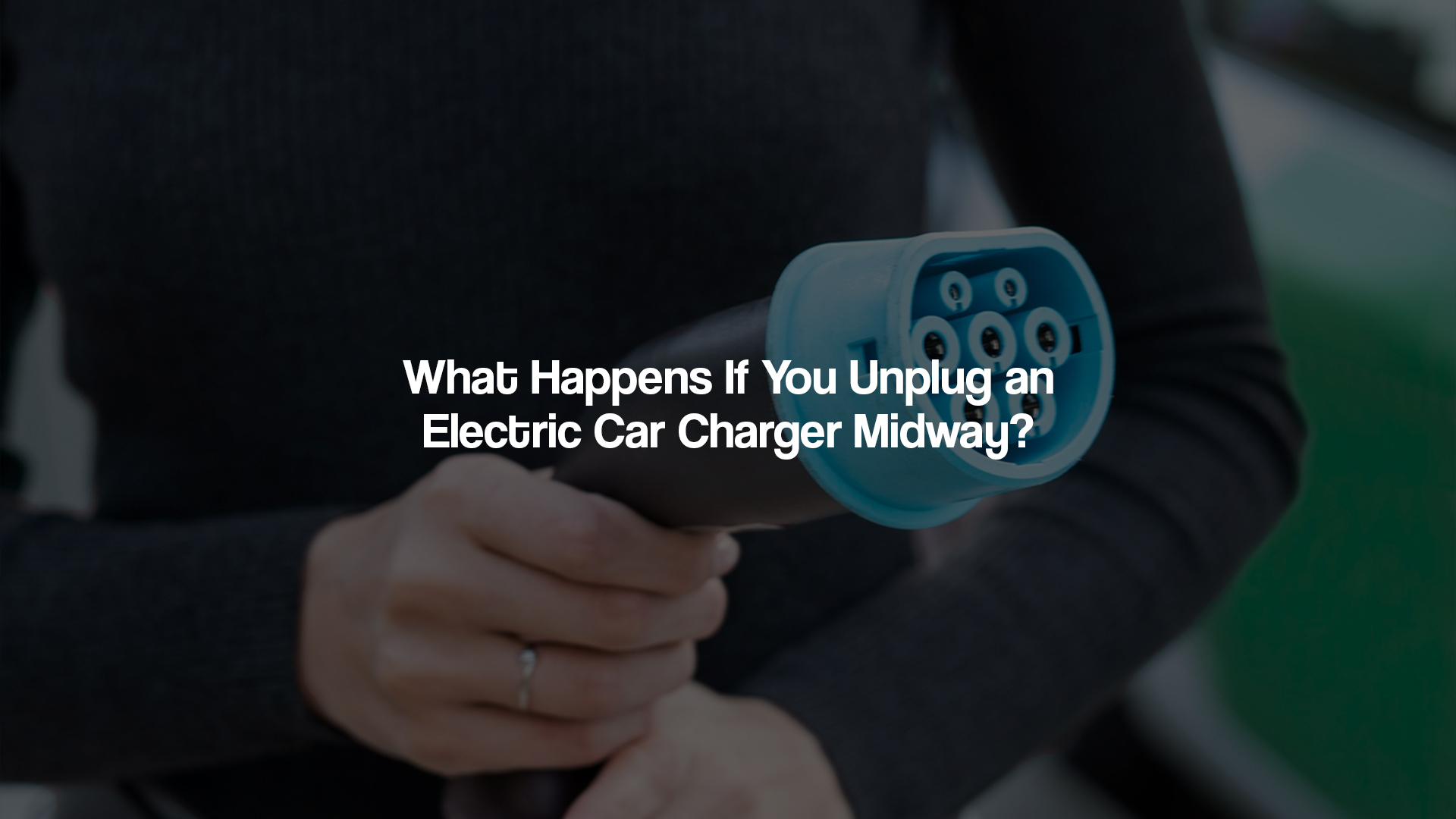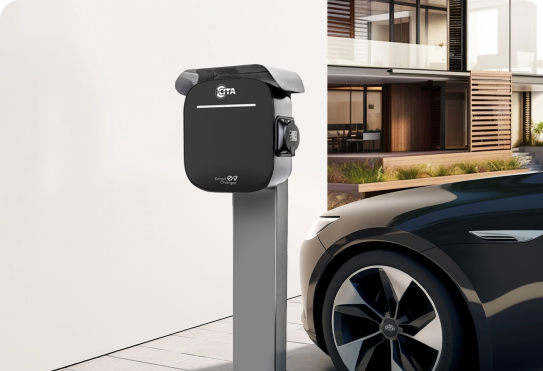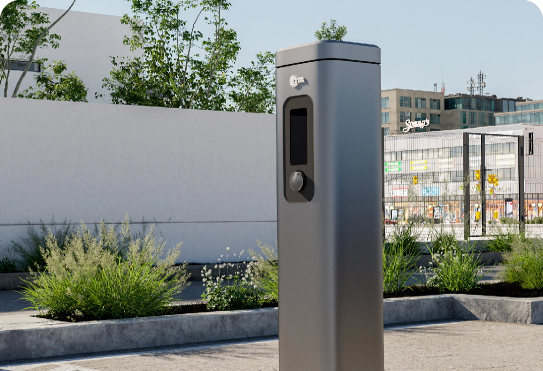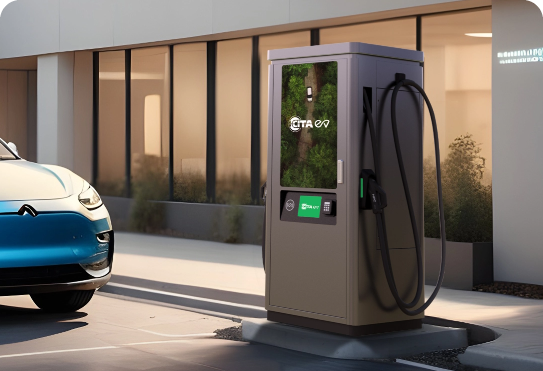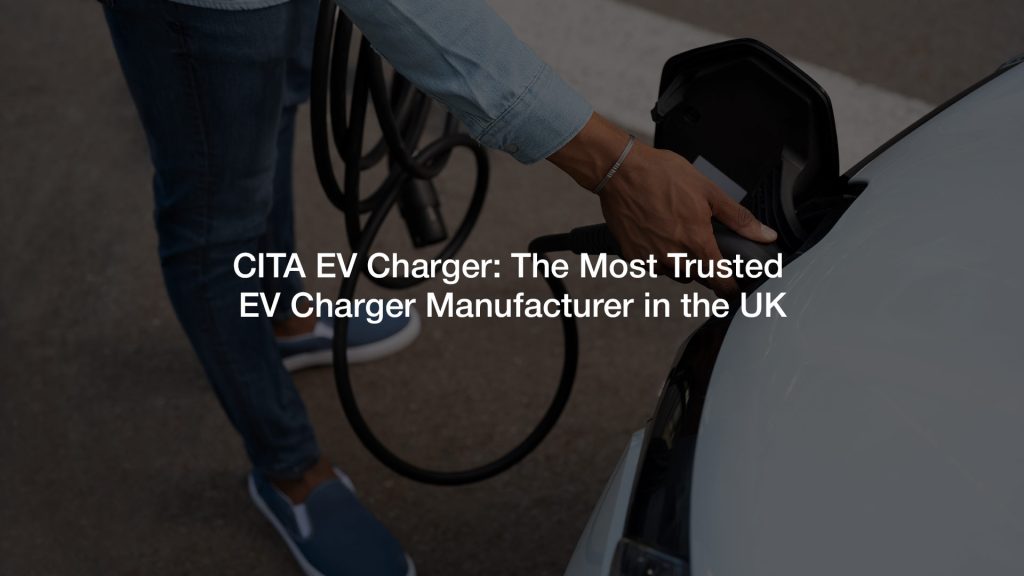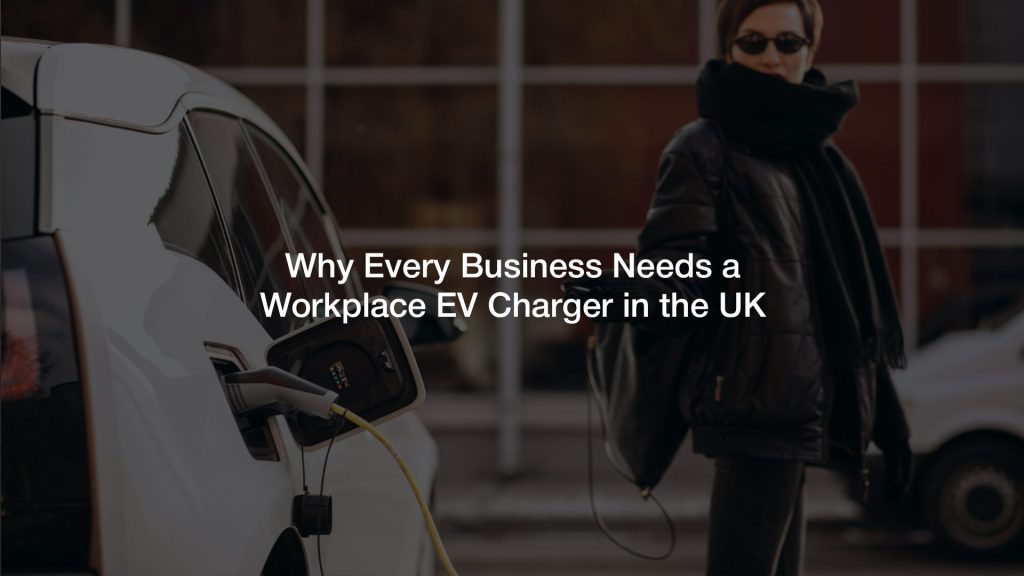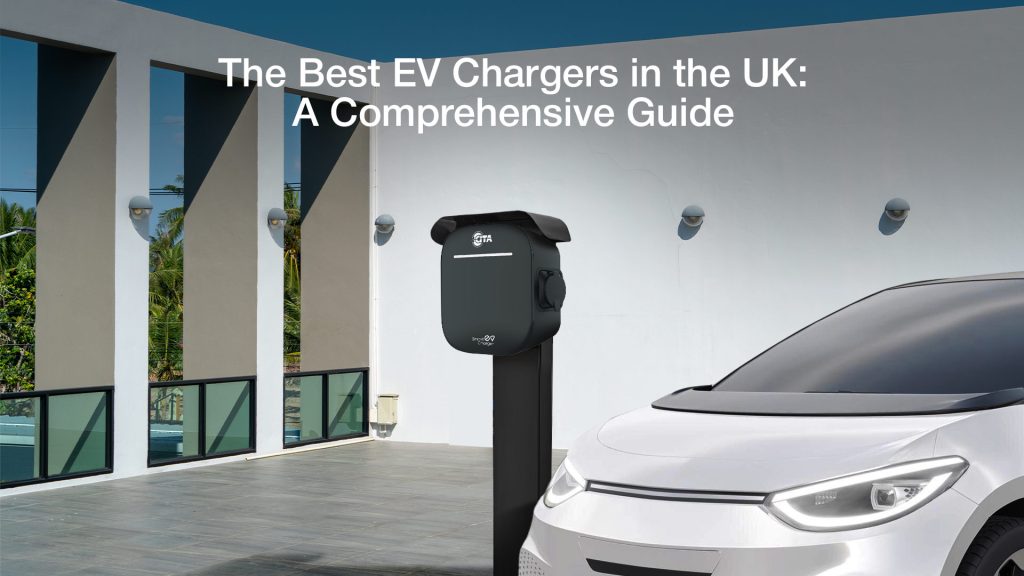The UK has over 60,000 public EV chargers, and home charging setups are becoming more common than ever. But one question that many EV owners still ask is, Is it safe to unplug an electric car charger mid-charge? It’s a valid concern, especially with the rise of smart EV chargers and fast-charging options at home and on the road.
Understanding how and when to unplug an electric car charger matters more than most people realise. It’s not just about protecting your car or charger – it’s also about staying safe, avoiding unnecessary wear, and making the most of your EV charging setup.
Why the Question Matters More Than You Think
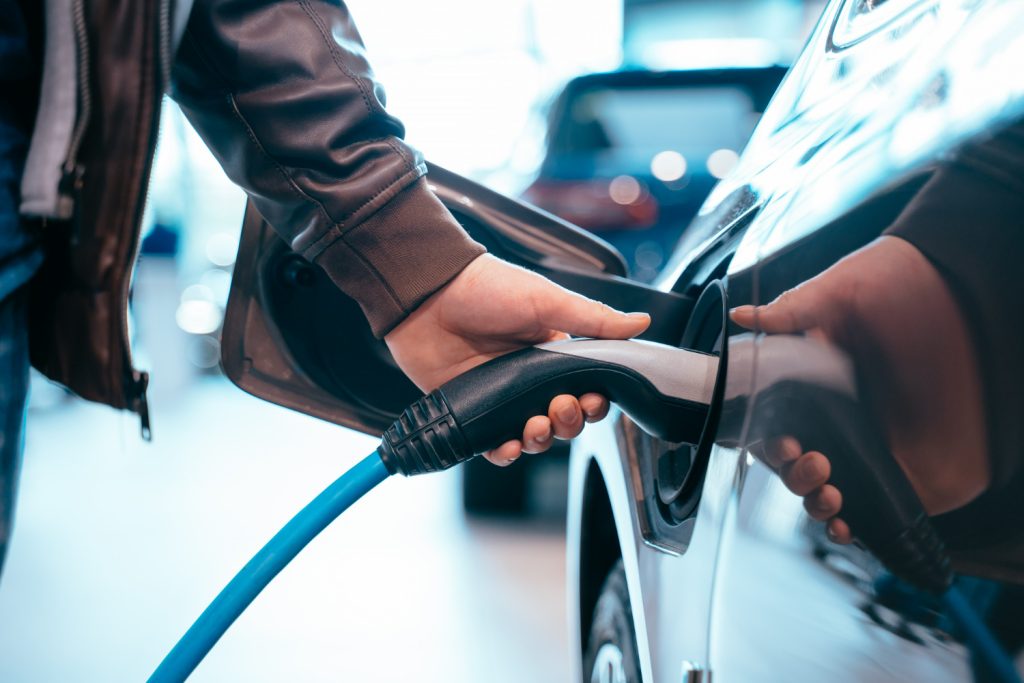
Let’s start with a simple truth: EV charging is not like charging your phone. You’re transferring a significant amount of power, especially with fast EV chargers and super-fast EV chargers. So, unplugging mid-charge isn’t just about pulling a cable out. It involves understanding how your vehicle and charger work together to ensure safe energy flow.
What Happens If You Unplug Mid-Charge?
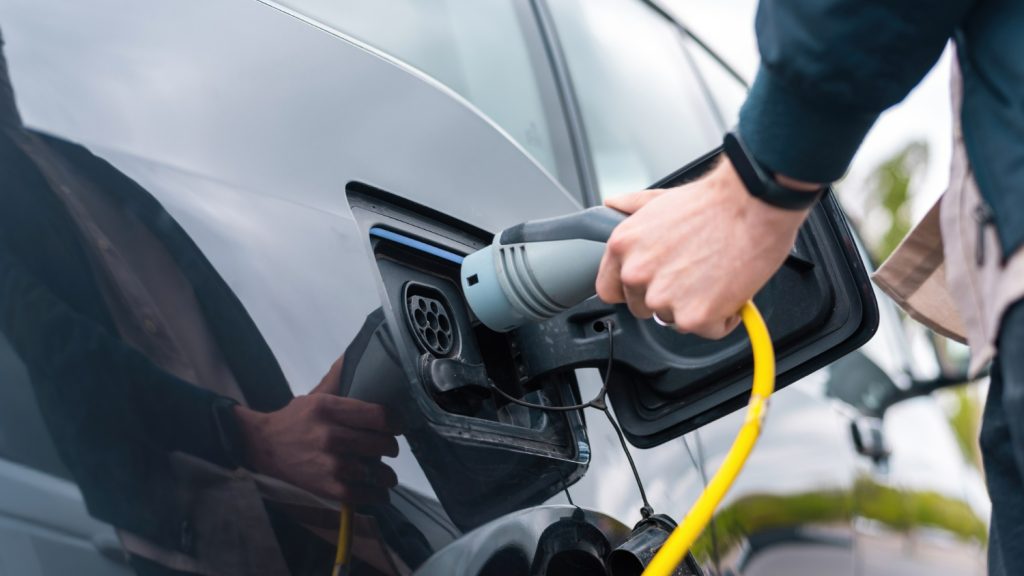
Unplugging an electric car charger in the middle of a charging session might seem harmless, but it’s not always that simple. From lost range to long-term damage,
Here’s what you should know before pulling the plug.
1) The car stops charging safely
Modern EVs and certified electric car chargers (like those from CITA EV Charger, a leading EV charger manufacturer in UK) come with built-in safety systems that cut off current before the plug is removed. So technically, yes—it’s safe if done correctly.
But let’s say someone forcefully yanks the cable from a 60 kW DC charger in a supermarket parking lot—chances are, they might trigger an error code or cause physical damage to the connector pins. Safe unplugging is less about timing and more about method.
2) Loss of charging progress
If you unplug an electric car charger or a fast EV charger mid-session, you’ll lose whatever charge you hadn’t yet added.
For instance, suppose you’re 30 minutes into a 60-minute highway pitstop, and you disconnect early to beat traffic. You’ve only gained half the range you planned for—and there’s no “partial credit” stored. It’s not harmful to the battery, but it can definitely throw off your travel plans.
3) Risk of wear and tear
Repeatedly unplugging without properly ending the session—from either the vehicle’s touchscreen or the charger interface—can wear down the connectors.
Think about someone using a high-output fast EV charger (say, 120 kW at a petrol station) and unplugging hastily several times a week. That friction on the cable head and charge port adds up. Over time, this can affect both connection quality and charging speed.
4) Possible billing issues at public stations
At public stations, many electric car chargers operate on a pay-per-use or per-minute model. If you unplug mid-charge without ending the session in the app, you could be charged for more than you used.
For example, imagine using a charger at a hotel where the minimum billing unit is 15 minutes. Even if you only charge for 7 minutes and unplug, you’re still charged for the full 15 unless you end it properly—costing you extra for no reason.
5) Interrupted data logging
Smart EV chargers and vehicles often log data like session duration, kilowatts used, and efficiency stats. If you unplug the electric car charger mid-session, that data may never be recorded fully.
Say you’re a fleet operator tracking usage for fuel savings—and half your drivers habitually yank the cable without stopping the session in the app. You’d have fragmented reports and zero insight into charging trends.
How to Unplug an Electric Car Charger Safely
If you’re wondering how to unplug an electric car charger the right way – without damaging the cable, the socket, or your EV – you’re not alone. Many new EV drivers find this part confusing, especially when switching between home and public chargers.
So here’s a simple, step-by-step guide to help you do it safely every time.
1) Stop the Charging Session First
This is the most important step. Never try to pull out the charging cable while power is still flowing.
- On your EV’s dashboard or touchscreen, you’ll usually see an option that says Stop Charging or End Session. Tap that first.
- Using a smart EV charger like those from CITA? Open your charging app (e.g., the CITA EV App) and end the session through your phone. Most apps also confirm the session has stopped and show your charging stats.
This step cuts off the electrical flow and prepares the car to release the charging cable. Skipping it could lock the cable or cause unnecessary wear on the connector.
2) Wait for the Unlock Confirmation
After stopping the charge, give it a second or two. You’ll usually hear a soft click or clunk – that’s your car or the charger physically unlocking the connector.
- Some EVs have a built-in safety feature that keeps the plug locked until charging stops completely.
- Don’t try to pull out the cable forcefully before hearing this unlock sound, especially if you’re using a Type 2 AC EV Charger or a DC fast charger.
If it doesn’t unlock right away, try gently locking and unlocking your car, or reopen your charging app and check if the session fully ended.
3) Unplug the Connector
Once unlocked, grip the charging handle—not the cable—and pull it straight out from the socket.
- For Type 1 and Type 2 connectors, this is usually a smooth process. Just press the release button (if it has one) and slide it out.
- With DC EV chargers, the connectors are heavier and might feel a bit snug. Use both hands if needed, but never twist or yank it out.
Pulling at an angle or with force can damage the charging port on your EV or fray the cable over time.
4) Store the Cable Neatly (Don’t Let It Drag)
Now that you’re done, don’t just drop the cable or let it dangle on the floor.
- If you’re using a home EV charger, coil the cable loosely and hang it on the holder or cable hook provided.
- Public EV chargers, especially fast or ultra-fast chargers, usually come with built-in cable management systems or retractable arms. Use them.
What Happens If You Unplug the Wrong Way?
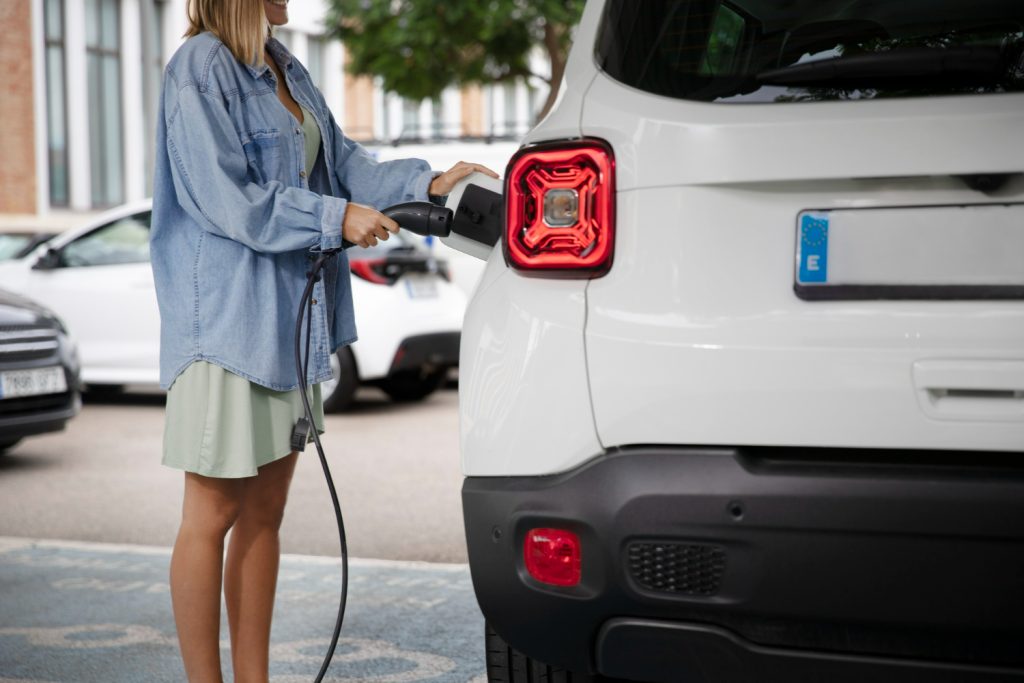
Here’s the thing – unplugging an electric car charger incorrectly usually won’t shock you, but that doesn’t mean it’s harmless. Skipping the proper steps can lead to wear, damage, or even voided support.
1) Power Arcing – If you pull out the connector before the session has officially ended, there’s a chance of a brief electric arc. It might not be visible, but over time, it can degrade the charging port or leave minor scorch marks inside the socket.
2) Damage to the Connector – Forcing the plug out—especially if it’s still locked—can wear down the pins, scratch the socket, or even crack the plastic housing. This kind of strain adds up, and both the EV and the charger suffer in the long run.
3) Tripping Hazards – Leaving the cable stretched across a walkway or coiled messily on the ground can become a safety issue, especially in public spaces. It’s not just about tidiness—it’s about preventing falls and avoiding injury to others or damage to the cable itself.
4) Warranty Void – Most certified EV chargers, including models from trusted manufacturers like CITA, come with strong warranties. But misuse—like forcing unplugging or improper handling—can leave you outside warranty coverage, even if the charger itself is otherwise approved and compliant.
Charge Smart. Unplug Safer with CITA Smart Home and Commercial EV Chargers
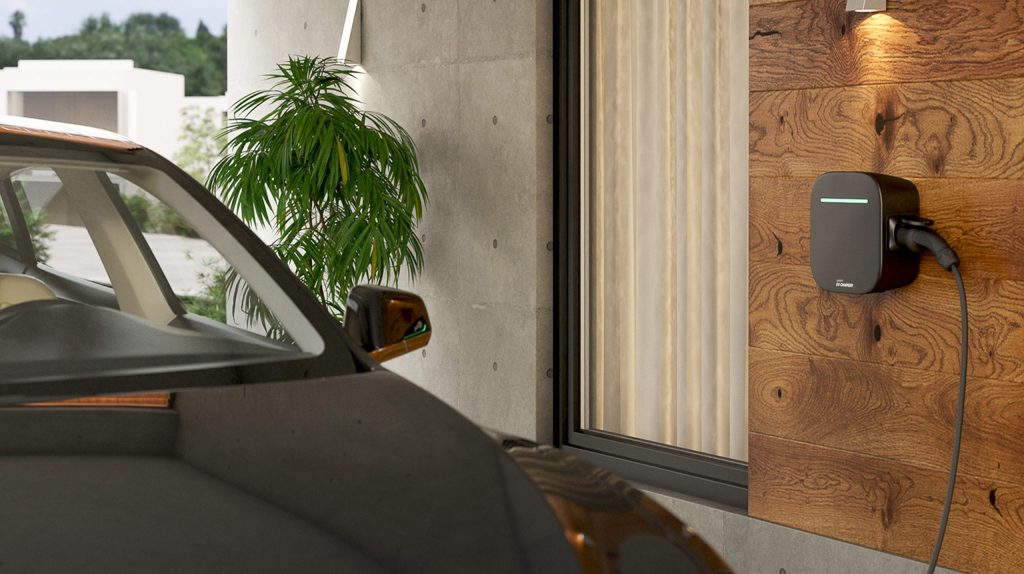
Unplugging your EV charger mid-charge can be completely safe—as long as you follow the right steps. Always end the charging session through the app or charger interface, wait for the release signal, and then unplug the connector smoothly.
With CITA’s certified AC and DC chargers, you get the added confidence of built-in safety features, smart locking mechanisms, and weatherproof protection.
Whether it’s for your home or business, CITA EV Chargers make safety and reliability standard.
Want to explore more?
Check out our full range of smart EV chargers and manage everything with ease using the CITA EV App.



